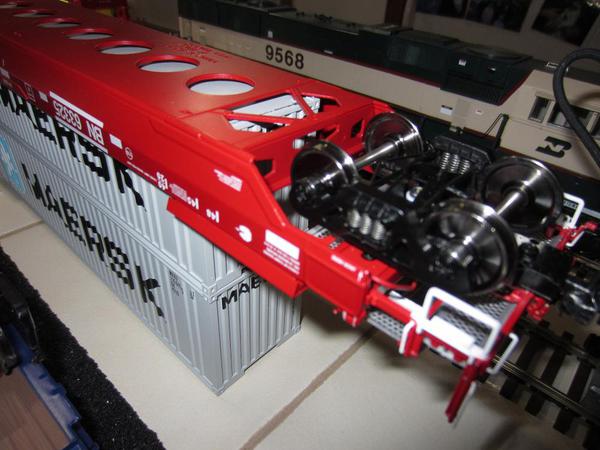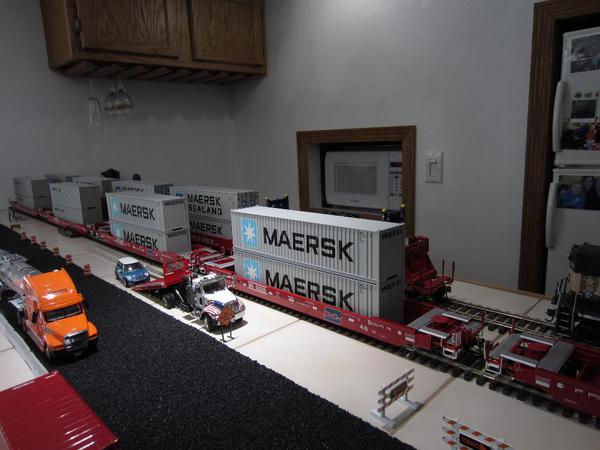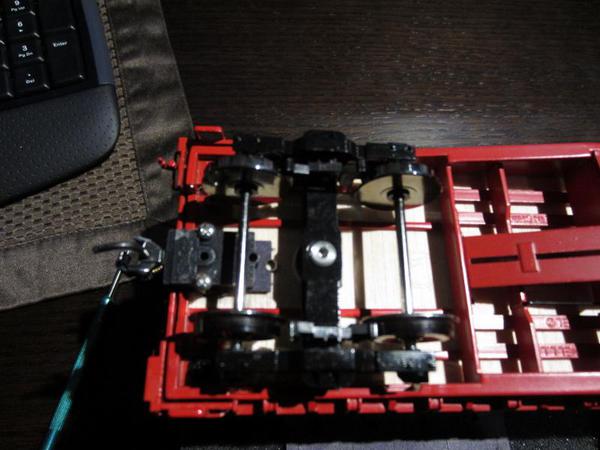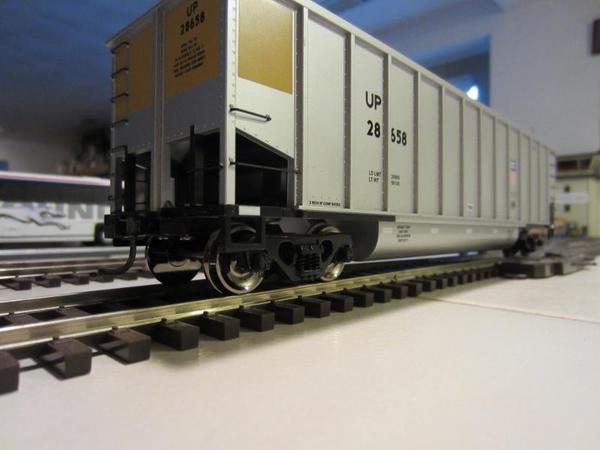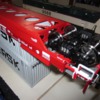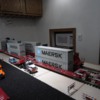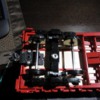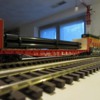Unfortunately the cars are often quite different.
However, if you stay with 2 rail cars, for at least a generation, the heights of truck bolsters and car bolsters have followed the NMRA recommended practice or standard (I'm not sure which it is). This means that if you swap out trucks, the height of the car and and coupler height etc, will all stay the same. On the cars made for 3 rail by MTH, Lionel, and Atlas, this is not the case. These manufactures have made bolsters on the car much thinner to allow for their big couplers to mount on the trucks. and each of these used a different design, so they are not interchangable.
unless you can see the underside of the car on the layout, ie the layout is over your head, it is often not worth putting too much effort into the underside details. If is a special car and you want to do super job, you can do all that detail.
As for mounting, most of the brass probably uses a metric size screw in the car bolster. Most of the use made kits and builtups including Weaver use a 2-56 screw. Again of the cars made for 2 rail originally, you can often reuse the screw provided with different trucks because of the standards.
PSC makes bolsters and trucks and sells screws for truck mounting.
For operation, I really like the Weaver and Athearn Delrin trucks. They roll really well and are equalized (they flex for uneven track). I have put Intermount steel wheelsets in some and that is a nice way to go. The Athearn are the nicest since they use real springs. Athearn sells Archbar, Andreews, Bettendorg, and roller bearing trucks.
The various brass trucks are very nice as you say. You do have to be careful, because some of them have knife edge flanges and will pick switch points and track joints. I had some recently that were gorgeous models of Pennsy prototypes that had full brake rigging. The problem was that the brake shoes hit the wheel treads in some places and shorted out.
That is sort of an overview.




